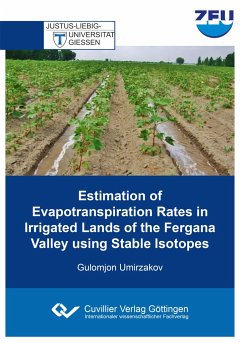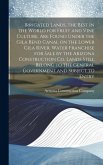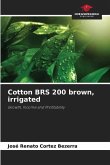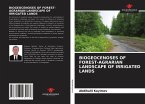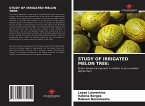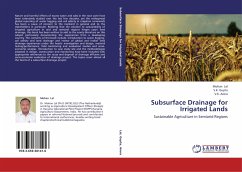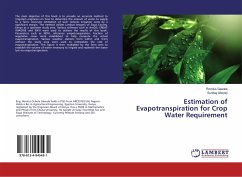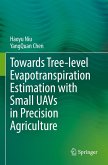Agriculture in Uzbekistan critically depends on water resources availability, therefore crop production, especially of cotton and winter wheat, is restricted mainly to irrigated areas. As a result of water shortage under climate change, land degradation issues in the region worsened and water use efficiency has considerably decreased over the decades. Hence, it is essential to investigate water balance parameters in irrigated lands. Environmental isotopes have been widely applied in hydrological investigations, particularly estimation of evapotranspiration rate, one of the main components of the water balance in irrigated lands. This study aims to estimate evapotranspiration rates in cotton fields by applying water stable isotopes (2H and 18O). The study is based on the field experiments conducted during the vegetation periods 2010 and 2011 in the Fergana Region of Uzbekistan. Soil for isotope analysis were sampled in a sandy field, sandy loam #1 field (rich with gypsum) and sandy loam #2 field (without gypsum). The soil water from the samples was extracted by the cryogenic extraction method. ¿2H and ¿18O ratios of extracted water were determined using the laser spectroscopy method. Evapotranspiration rates were estimated with the isotope mass balance model. Besides evapotranspiration estimation, this study examines the variability and characteristics of stable isotope signatures of different water sources in the study region and analyzes water extraction processes from different soil types and temporal changes of isotope signatures through the depth in irrigated cotton fields.
Hinweis: Dieser Artikel kann nur an eine deutsche Lieferadresse ausgeliefert werden.
Hinweis: Dieser Artikel kann nur an eine deutsche Lieferadresse ausgeliefert werden.

